These 15 Retailers Are Opening Stores
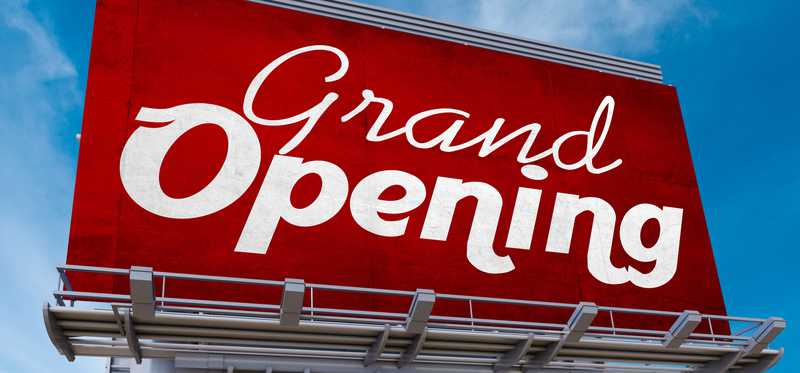
These 15 Retailers Are Opening Stores
What retail apocalypse?
Reports about the so-called "retail apocalypse" have flooded the media over the last year, and for good reason. 2017 saw more store closings than any year on record, with at least 6,700 closings announced. Several retailers declared bankruptcy, among them Hh gregg, Gymboree, and Toys ‘R’ Us.
So far in 2018, high-profile retailers like Sears Holdings, Macy’s, and Walmart have already announced store closings. However, even as headwinds persist against brick-and-mortar operators, plenty of retailers are still opening stores. Let’s take a look at some that are bucking the broader trend.Previous
Next

1. Costco
Arguably, no brick-and-mortar chain has seen stronger growth than Costco Wholesale (Nasdaq: COST) in recent years. The champion of the membership-based warehouse model has posted 7% comparable sales growth in the U.S., excluding the impact of gas prices, through the first 17 weeks of this fiscal year. Costco has stepped up e-commerce efforts, offering free two-day shipping of non-perishables with a $75 order minimum and also partnering with the Instacart to deliver perishables, but the wholesaler also continues to open new stores. Costco is opening three new locations over the next two months, one in Florida, and two outside the U.S., and opened 26 in fiscal 2017, 13 of which were in the U.S., giving it 746 warehouses total.
While Costco will continue to invest in e-commerce, new store openings are a key part of its growth strategy as well.
Previous
Next
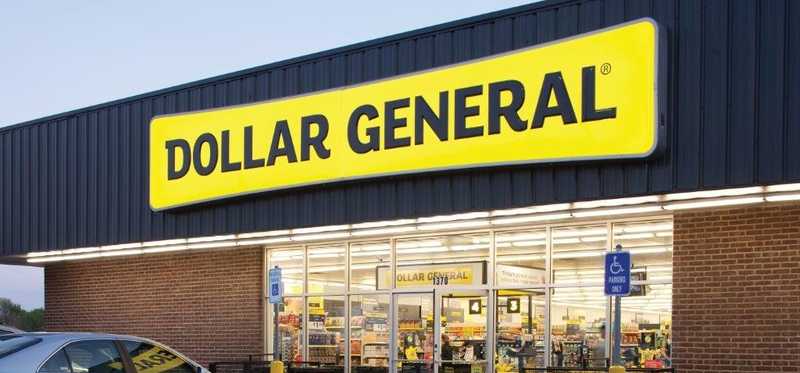
2. Dollar General
No retail brand has more locations in the U.S. than Dollar General (NYSE: DG) and no brand is adding more stores faster. The rural-focused discount chain had 14,321 locations as of its last quarterly report and plans to add 1,285 stores this fiscal year and another 900 next year.
The strategy seems to be paying off as the company’s comparable sales jumped 4.3% in its most recent quarter, its best performance in three years. Dollar General is focused on a forgotten niche in American retail, targeting rural Americans with low-priced goods like cigarettes, canned goods, or toilet paper, that customers often need that day so they can’t wait to order them online. As long as comparable sales are moving higher, expect Dollar General to continue aggressively opening stores.
ALSO READ: Dollar General Dreams Big With 2,000-Store Growth Plan
Previous
Next
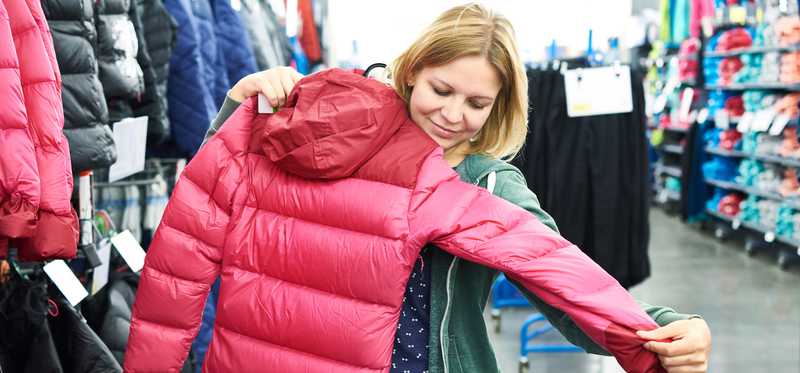
3. T.J. Maxx/Marshall's
The off-price niche has been a rare winner in retail apparel in recent years, as the business model has proven difficult to execute online. TJX Companies (NYSE: TJX), the parent of T.J. Maxx, Marshall’s, and Home Goods, is already the most valuable American retailer, worth nearly $50 billion, and the company has big plans to open still more stores.
Last February, the company said it aimed to grow its global store count from 3,812 to 5,600 over the long term, which includes more than 400 new Home Goods stores and nearly 800 T.J. Maxx and Marshall’s locations in the U.S.
In its most recent quarter, the company added 25 T.J. Maxx stores, 14 Marshall’s, and 41 Home Goods locations in the U.S. Comparable sales have slowed at T.J. Maxx and Marshall’s, falling 1% in the most recent quarter, but for now the company is focused on aggressively growing its store count.
Previous
Next
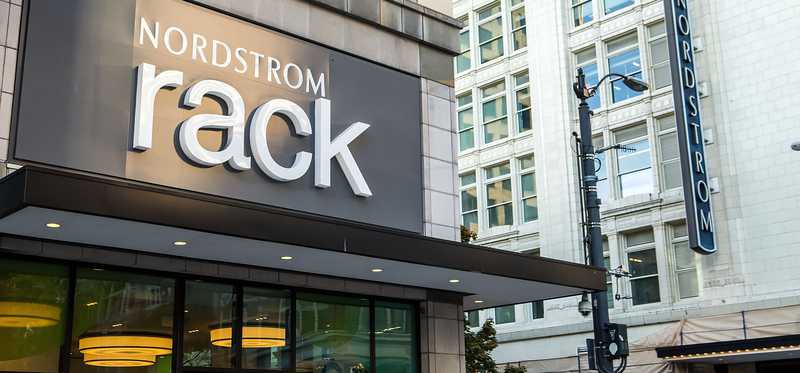
4. Nordstrom
While much of the department store sector is closing stores, Nordstrom (NYSE: JWN) is actually expanding. The upscale chain has opened 19 stores through the first three quarters of this year, 15 of them Nordstrom Racks, its off-price chain that competes with T.J. Maxx.
However, Nordstrom isn’t ignoring its namesake stores, which still contribute the biggest share of its revenue. The company is opening a flagship location in Manhattan, with its men’s store expected later this year and a larger women’s store across the street to open in 2019. Nordstrom is also experimenting with a much smaller format called Nordstrom Local, which does not carry inventory but instead offers tailoring, manicures, and style consultations. Clearly, the company believes in the future of brick-and-mortar spaces.
Store-based comparable sales have been falling lately, which may cause the company to rethink that strategy, but it seems to believe that the future of retail will be omnichannel, featuring new concepts like Nordstrom Local.
Previous
Next
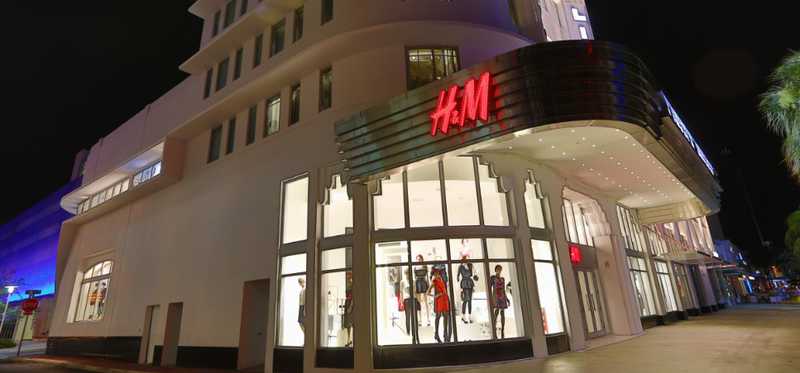
5. H&M
While many American apparel retailers are struggling, European, fast-fashion interlopers like H&M have thrived in recent years.
In 2016, the Swedish fashion brand opened 427 stores around the world and now has more than 4,000 locations. In the U.S. -- its biggest market after Germany -- the company added 53 stores that year to reach a total of 468, and it pulled in about $3 billion in sales.
Cheap, fast-fashion brands like H&M have taken over apparel retail, but recently there are signs H&M may be saturating the U.S. market. A year ago, the company stepped back from a goal of growing its store base by 10%-15% a year, but it still expects a net addition of 385 stores globally this year.
Previous
Next
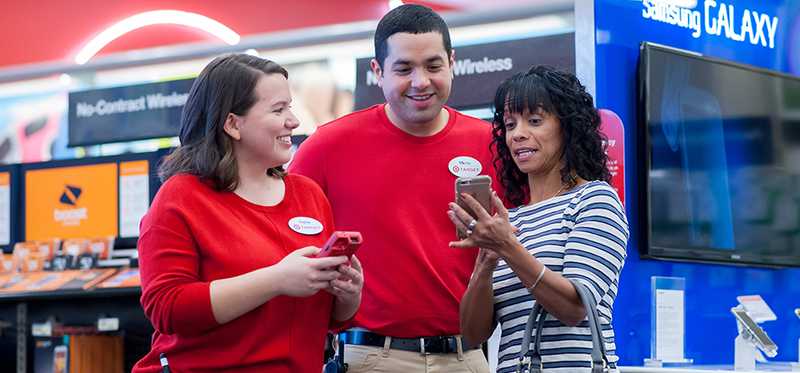
6. Target
Target (NYSE: TGT) continues to see brick-and-mortar as the center of business and is banking on new smaller-format locations to drive growth. The company’s recent acquisition of Shipt, the e-commerce delivery specialist, also shows that the big-box chain hopes to use smaller urban locations as e-commerce hubs in addition to driving in-store sales.
Target said it plans to open 130 small-format stores by 2019, and CEO Brian Cornell told CNBC that “stores are still important” for business. As of Nov. 15, Target had opened 32 stores for the year, bringing its grand total to 1,834.Previous
Next
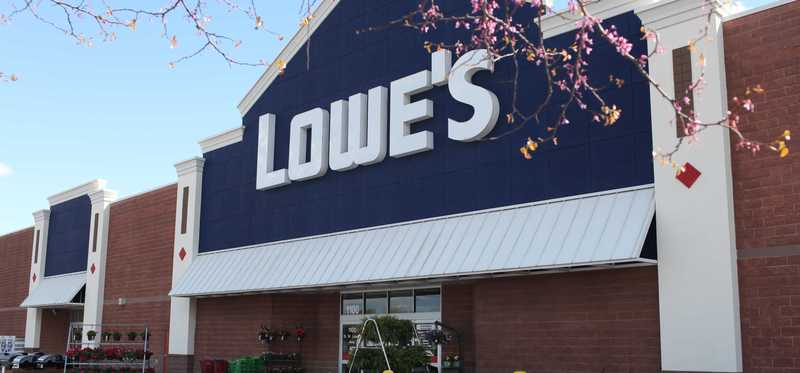
7. Lowe's
Home improvement has been another consistent retail winner so it’s not surprising to find Lowe’s (NYSE: LOW) on this list. The Home Depot-rival continues to bet on brick-and-mortar stores, unlike Home Depot, which essentially stopped opening new locations a decade ago, and has instead invested in e-commerce and improved store operations.
In its most recent report, Lowe’s said it expected to open 25 new stores this year, which will give it nearly 2,400 globally. Considering comparable sales were up 5.7% in the most recent quarter, the strategy seems to be working.
Previous
Next
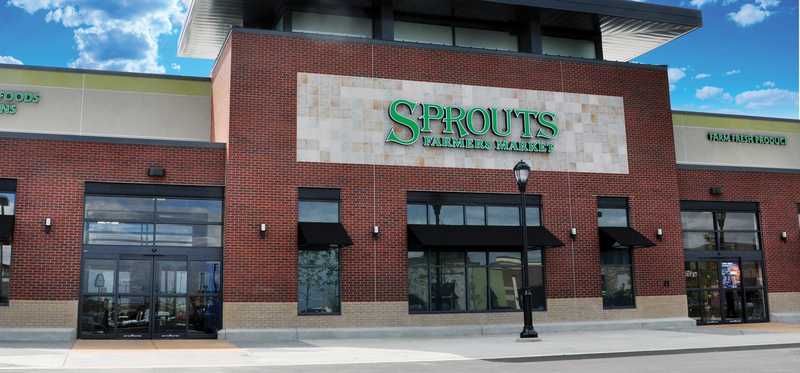
8. Sprouts Farmers Markets
The supermarket industry was leveled this past year by Amazon’s acquisition of Whole Foods Market, but nonetheless, groceries remain one of the retail concepts that tend to draw customers to stores. Not surprisingly, Sprouts Farmers Markets (Nasdaq: SFM) continues to open new stores.
The natural foods grocer opened 32 stores in 2017 to reach a total of 285, and it still has a lot of room to grow, as it mostly operates in only the southern half of the country. With comparable sales up 4.6% in its most recent quarter, Sprouts doesn’t seem to feeling any pressure from the Whole Foods-Amazon deal.
Previous
Next

9. Ross Stores
Ross Stores (Nasdaq: ROST), another winner from the off-price sector, also owns dd’s discounts. The company continues to blanket the country with new locations hocking low-priced apparel. Through the first three quarters of the fiscal year, Ross opened 92 stores to give it 1,627 locations, all in the U.S., and management sees room in the market to eventually reach 2,500 stores.
The company has been a consistent winner on the stock market, and comparable sales remain strong.
ALSO READ: Ross Stores, Inc Surges to New Highs With Another Earnings Beat
Previous
Next
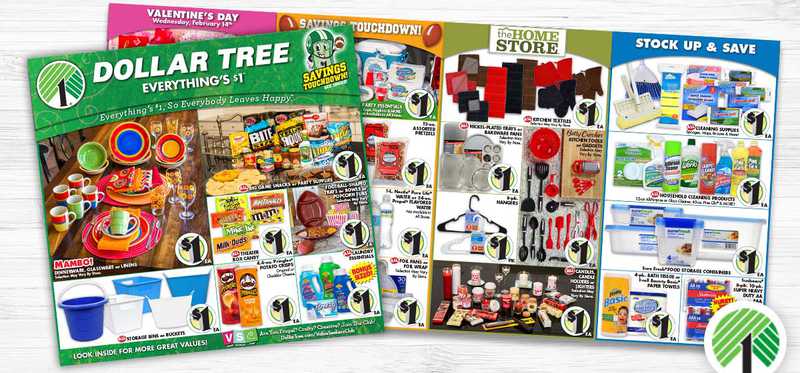
10. Dollar Tree
Like its dollar-store rival Dollar General, Dollar Tree (NYSE: DLTR) has also aggressively been opening up stores. The company acquired Family Dollar in 2015, and now it has nearly 15,000 locations in North America under both banners. In the third quarter alone, it opened another 169 stores, and it has added 460 stores over the last year.
Comparable sales have also been strong, up 3.2% in the most recent quarter. Both Dollar General and Dollar Tree see an underexploited niche in discount retail targeting low-income Americans, and Dollar Tree’s rapid store expansion should continue.
Previous
Next
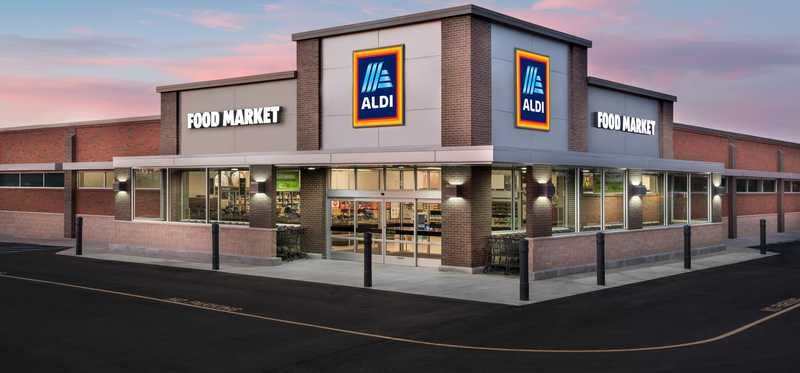
11. Aldi
You may not have heard of Aldi, but the European discount supermarket chain is fast expanding in the U.S. The privately held company said earlier this year it would open another 900 stores in the U.S., on top of the 1,600 locatons it already has in 35 states. Aldi seems to see an opportunity in the increasingly competitive supermarket industry. Its bare-bones stores offer rock-bottom prices and tend to be smaller than traditional supermarkets, with the average store size being just 12,000 square feet.
Aldi also specializes in private-label goods, drawing comparisons with Trader Joe’s, another fast-growing supermarket chain. As a privately held company, Aldi does not make its financials public, but it’s fair to assume that its return on investment is strong, given its expansion plans in the U.S.
Previous
Next
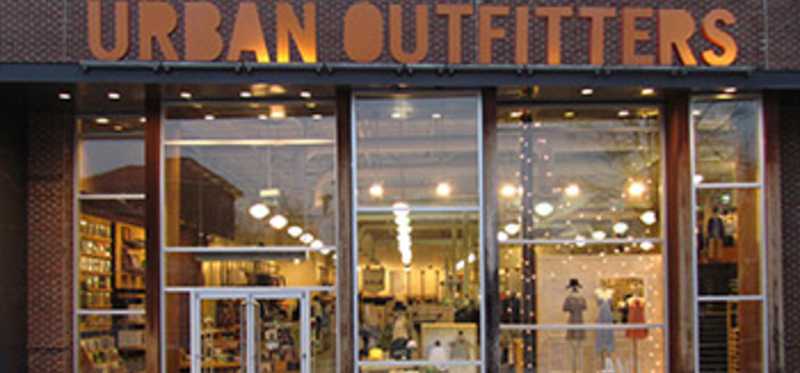
12. Urban Outfitters
Urban Outfitters’ (Nasdaq: URBN) own CEO has bemoaned the state of brick-and-mortar retail in the U.S., saying that the country was overstored and that a reckoning was coming, similar to the housing crisis a decade ago.
However, Urban Outfitters continues to open new stores. Through the first three quarters of this fiscal year, the company has opened 16 new locations -- eight Free People stores, four Anthropologie stores, three Urban Outfitters, and one restaurant. The company also closed six locations, but the total is still moving higher. It has about 600 stores across those three brands today.
Recently, the company has reversed a decline in comparable sales, posting 1% growth in the third quarter and 2% over the holiday season, indicating a recovery in its brands and stores.
ALSO READ: Apparel Retailers Are Struggling, and Urban Outfitters' Pain Is Relative
Previous
Next
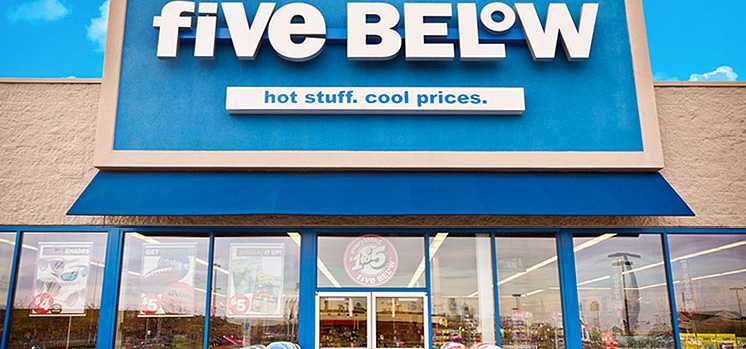
13. Five Below
Another discount retailer that has been expanding fast at strip malls across the country is Five Below (Nasdaq: FIVE), which, as its name suggests, sells an assortment of items that cost $5 or less. So far this year, Five Below has added 103 stores to reach 625 locations, with 41 having opened in the most recent quarter.
Five Below's strategy has proven successful thus far: Revenue and profits are growing fast, and comparable sales jumped 8.5% in the third quarter, driving a surge in the stock last year.
Previous
Next
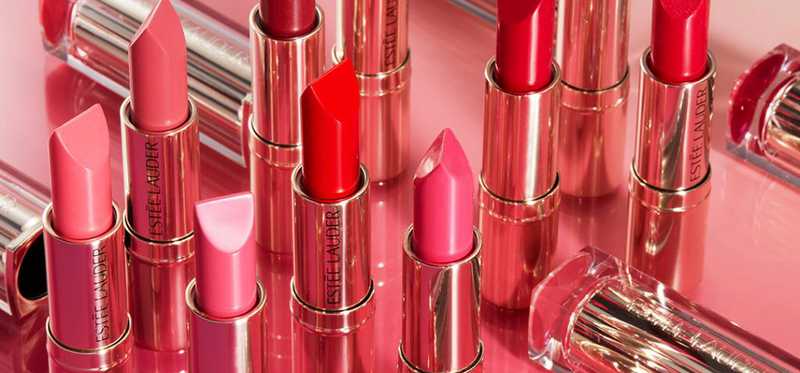
14. Ulta Beauty
The cosmetics segment has also been resilient against the retail downturn, and chains like Sephora and Ulta Beauty (Nasdaq: ULTA) remain strong and growing. In its most recent quarter, Ulta opened 48 new stores, and it has added 86 new stores through the first three quarters of the fiscal year.
Financial results have also been impressive: Comparable sales rose 10.3% in its most recent quarter, and earnings per share has increased 30% this year. Ulta now has more than 1,000 stores across the country and looks poised to add dozens more each year.
ALSO READ: Why Ulta Beauty Inc Continues to Hit New All-Time Highs
Previous
Next
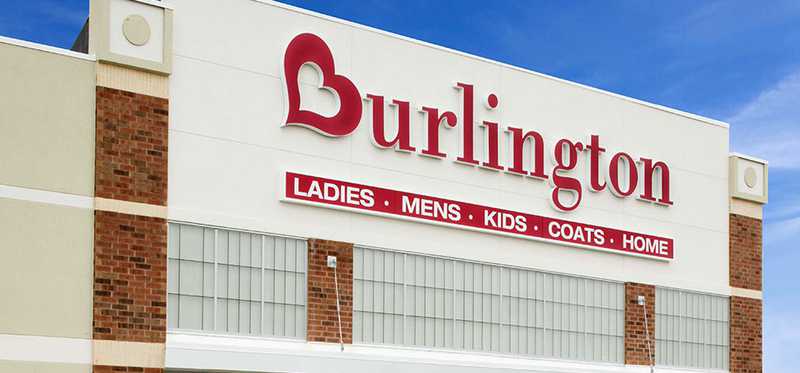
15. Burlington Stores
Lastly, off-price retailer Burlington Stores (Nasdaq: BURL) has also plowed ahead with new store openings. It plans to open 37 net new stores this year, and it currently operates 631 locations across the country.
With comparable sales up 3.1%, earnings per share up 44%, and the share price up 403% since the company's 2014 IPO, Burlington Stores' model has proven a big winner. Expect continued expansion from the Burlington Coat Factory parent.
John Mackey, CEO of Whole Foods Market, an Amazon subsidiary, is a member of The Motley Fool’s board of directors. Jeremy Bowman has no position in any of the stocks mentioned. The Motley Fool owns shares of and recommends Amazon. The Motley Fool has the following options: short May 2018 $175 calls on Home Depot and long January 2020 $110 calls on Home Depot. The Motley Fool recommends Costco Wholesale, Five Below, Home Depot, Lowe's, Nordstrom, The TJX Companies, and Ulta Beauty. The Motley Fool has a disclosure policy.
Previous
Next
Invest Smarter with The Motley Fool
Join Over Half a Million Premium Members Receiving…
- New Stock Picks Each Month
- Detailed Analysis of Companies
- Model Portfolios
- Live Streaming During Market Hours
- And Much More
READ MORE
HOW THE MOTLEY FOOL CAN HELP YOU
-
Premium Investing Guidance
Market beating stocks from our award-winning service
-
The Daily Upside Newsletter
Investment news and high-quality insights delivered straight to your inbox
-
Get Started Investing
You can do it. Successful investing in just a few steps
-
Win at Retirement
Secrets and strategies for the post-work life you want.
-
Find a Broker
Find the right brokerage account for you.
-
Listen to our Podcasts
Hear our experts take on stocks, the market, and how to invest.
Premium Investing Services
Invest better with The Motley Fool. Get stock recommendations, portfolio guidance, and more from The Motley Fool's premium services.